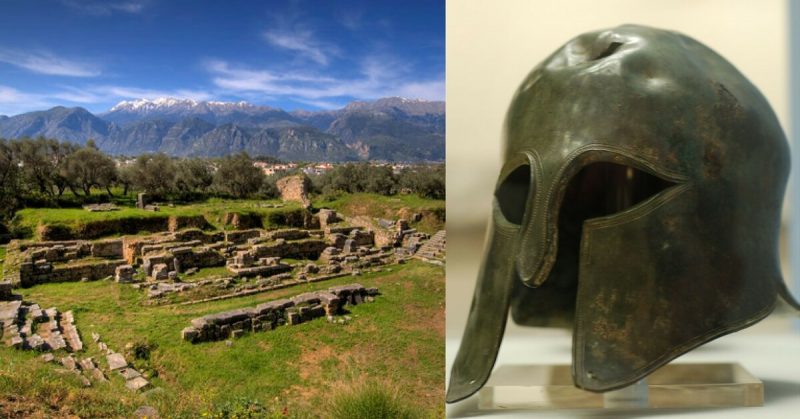Two-and-a-half millennia after they were at the height of their power, the Spartans remain famous as some of the finest warriors in European history.
The troops were from a single Greek city-state and had a reputation for toughness no-one else could match. Their stand at the Battle of Thermopylae held back the invasion of a much larger Persian force earning them a place in legend and the Hollywood blockbuster 300.
But how did the Spartans fight?
Hoplite Fighting
The Spartans fought in the hoplite style which was the hallmark of ancient Greek warfare. Their massed ranks of men wore body armor and helmets. They carried round shields fixed by a pair of straps to their left arms. Each shield protected the left side of the man holding it and the right side of the man next to him. Together they formed a formidable wall against enemy attacks. Over the top of this, they thrust with long spears.
Despite the heroic stories of the era, this was a form of warfare that leaned towards anonymous, disciplined fighting. Battles were won by the push and shove of infantry blocks, not lone heroes leaping into one-on-one combat.
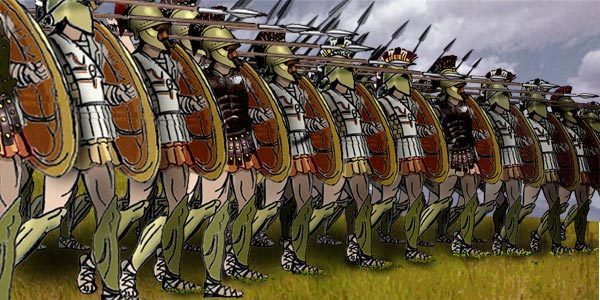
Individual Skill
However, individual skill did play a part in a battle, and the Spartans bred very skilled fighters. From the age of seven, males of the Spartan elite were trained in the agoge, a military school with an emphasis on courage, discipline, and endurance. It was here they developed the strength of character for which they are still renowned and the disciplined lifestyle that bears their name.
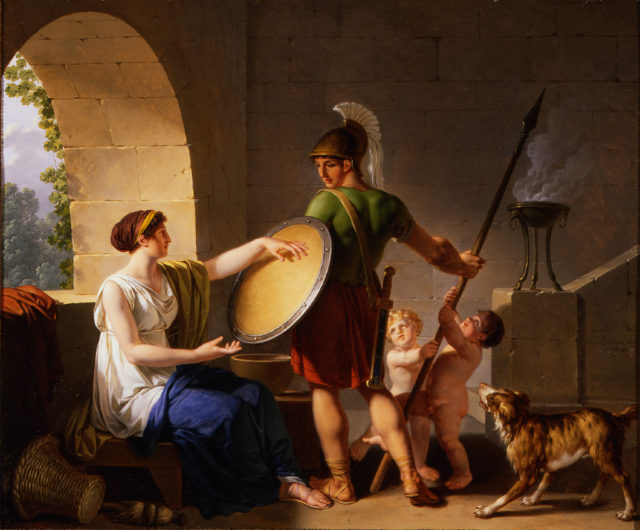
Trained to fight from such a young age, Spartans were skilled individual combatants. Their own ex-king Demaratus told the Persians that, one-on-one, Spartans were no worse than other men.
It was together they became something greater.
The Emphasis on Discipline
The emphasis placed on discipline and specific training was vital to Spartan military might. Unlike the soldiers of other Greek states, who had usually received only a taste of military training, the Spartans were raised with it. Every man knew his place and knew the importance of holding it.
Just as importantly, because of their training, each Spartan knew what to do wherever he stood in the shield wall. If things went wrong, the Spartans could speedily regroup and recover. They were well prepared to cope if things went wrong, not just if they went well.
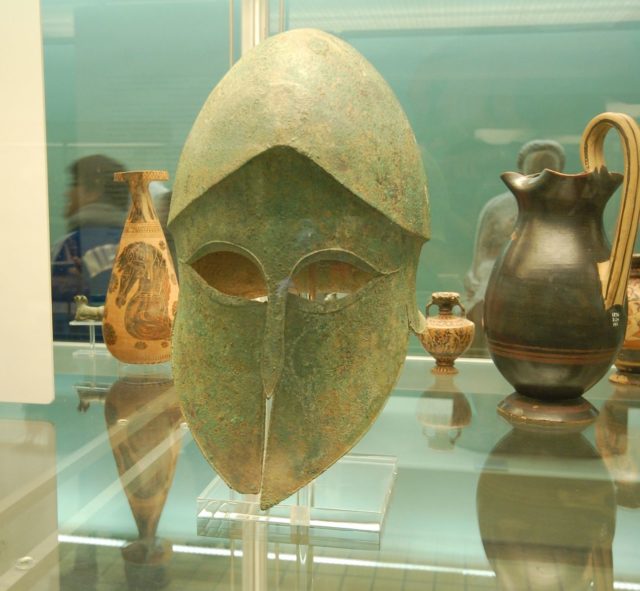
Unit Organisation
One of the more surprising aspects of Spartan warfare, given their image in modern culture, was that they were the most organized army in ancient Greece regarding unit breakdown.
During the 5th century BC, most Greek city-states organized their armies into large units such as the lochos of Athens and Thebes, a group of several hundred men. Below this, there was no organized hierarchy to provide flexibility and sophisticated maneuvers.
The Spartans were different. In the late 5th century, each of their lochoi was divided into four pentekostyes. Each pentekostyes was further divided into four enomotiai, each containing an average of 32 men.
The exact division of the army varied over time, but this hierarchy was retained. It allowed the Spartans to organize much smaller groups of soldiers, coordinate detachments, respond to crises, and achieve a precision of effort that was beyond many of their contemporaries.
Practised Manoeuvres
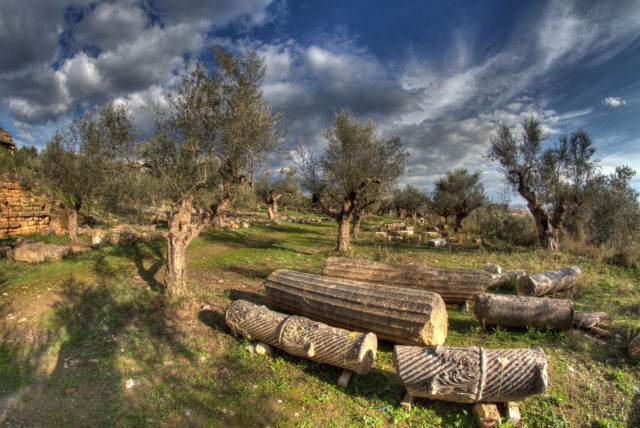
The result of all this training and organization was that the Spartans could and did practice relatively sophisticated battlefield maneuvers. Records of two of these have been preserved.
One was the Laconian countermarch, used when an enemy had been detected coming from the rear. The hoplites moved into an open order formation, giving them space to move. Each then about-turned. While the rear-most soldier in each column stayed in place, the leader progressed down the gap created by the open formation with each soldier, in turn, peeling off after him. Passing the rear man, they were still in the same order, but facing in the opposite direction, and having advanced toward the enemy.
The other was the anastrophe or wheeling-back. This maneuver allowed a hoplite phalanx to narrow its frontage and advance through a smaller gap to fall upon the enemy. This was achieved by the columns at left or right turning about, marching back, and then forming up behind the columns next to them. One wing of the force gained greater depth for combat, while the whole body became narrower without disrupting the front ranks. It was used by Agesilaus in 370 BC to get his army out of a narrow defile.
Making Use of Others’ Manoeuvres
Not only were the Spartans skilled at maneuvering, but they recognized and understood what others would do in battle. In particular, they recognized the tendency of all hoplite formations to edge toward the right during a fight. Even during their defeat at the First Battle of Mantinea, the Spartan king recognized the problems this was causing and tried to allow for it.
At the Battle of the Nemea, the Spartans made use of this to their advantage. Deliberately pushing to the right, the Spartans sacrificed their left wing, allowing their allies to be attacked. Meanwhile, they wheeled their right back round and took the enemy in the flank, rolling them up and defeating them.
Not Just Infantry
The Spartan army consisted of more than just hoplite phalanxes. Cavalry, light troops, and even servants played a part on the battlefield; the latter carrying away the wounded to allow swift retreats when needed. As in most of the Greek warfare, these troops seem to have played a peripheral, supporting role. They created the circumstances that allowed the oplites to bring their weight to bear safely.
The Spartan army was more than just its phalanxes but they were the best trained and organized in the Greek world.
Source:
General Sir John Hackett, ed. (1989), Warfare in the Ancient World.
